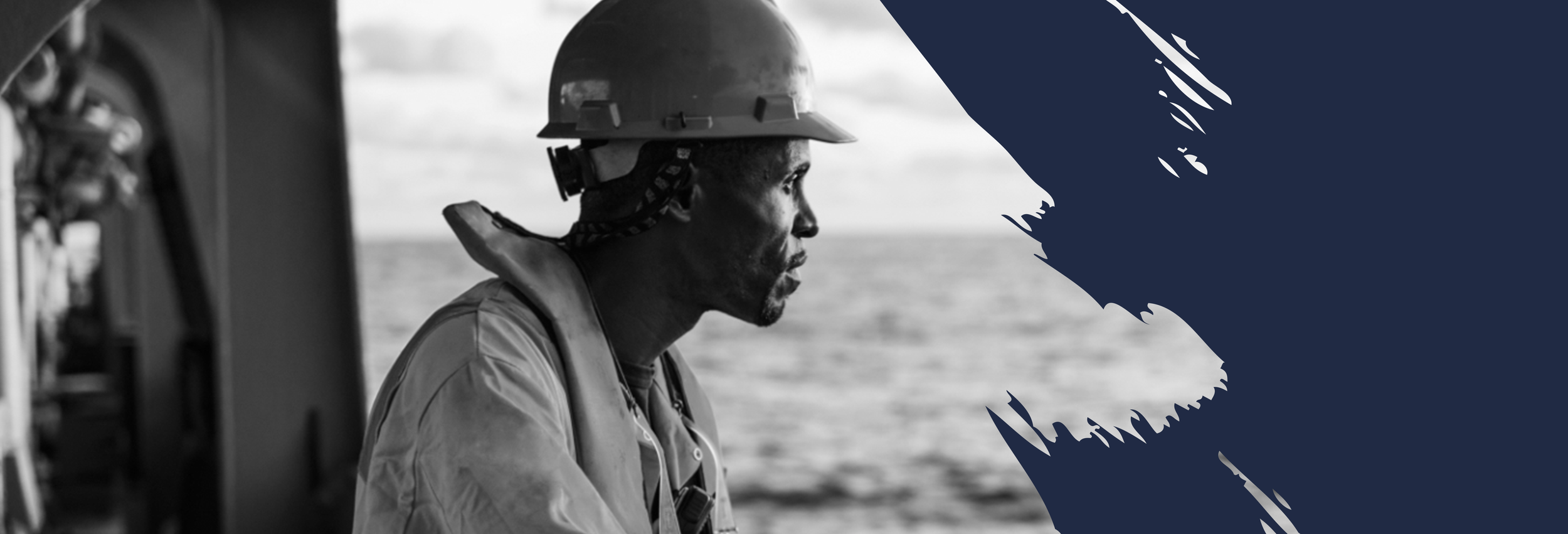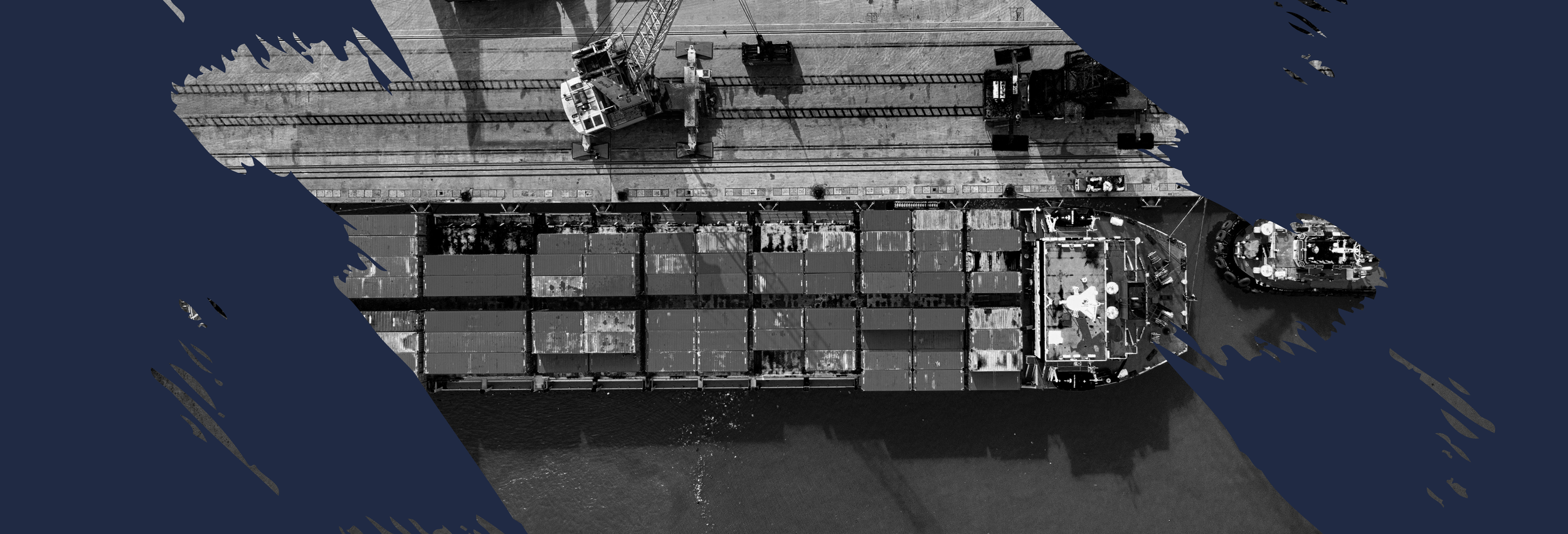
Case Studies
“Smart Green Shipping’s pioneering efforts to deliver cleaner, greener transportation could help achieve the clean growth required for the UK to meet its climate targets. If we’re serious about meeting those targets, decarbonising transportation is the next big challenge. The combination of green shipping with renewables makes an even greater contribution to decarbonisation globally. This is a key development in achieving Drax’s aim – to deliver a zero carbon, low-cost future for all.”
Will Gardiner, Drax Group CEO
British power generation company Drax partnered with Smart Green Shipping Ltd (SGS), Danish dry bulk cargo transporter Ultrabulk A/S and Humphreys Yacht Design, the naval architects of Dame Ellen McArthur’s ‘Kingfisher’ yacht, to collaboratively tackle the issue of CO2 emissions from the shipping industry.

Solutions Through Collaboration
Our 12-month feasibility project examined the potential of retrofitting FastRigs onto an Ultrabulk ship importing biomass into the UK for Drax to produce renewable electricity. This study’s purpose was to find cost-effective ways to reduce the carbon intensity of the ocean transport required in the biomass supply chain.
Working with industry stakeholders, we assessed the technical and economic feasibility of FastRigs and established the engineering parameters for retrofitting FastRig technology onto ships. The study focused on calculating detailed costings for the project and demonstrating the business case. This included:
Modelling the Ultrabulk Tiger for computational fluid dynamics (CFD) analysis
FastRigs modelled in a 3D system and 'fitted' on the virtual Tiger
Using CFD code to generate force and moment data to input in to the VPP. We then analysed performance and fuel saving potential across of all combinations of wind speed and angle, and with varying degrees of engine propulsive thrust
Dr Graeme Winn, pioneering designer of custom-built tactical route optimisation for Americas Cup teams, creating our proof-of-concept wind-assistance routing tool, TradeWind, for commercial shipping to optimise fuel savings to wind-fitted ships.
Using NOAA meteorological data sets covering three decades of statistical likelihood of wind speed and direction we modelled the route that the ship serving the Drax power plant operates on.
Applying Ultrabulk's normal operational speeds at 4 start dates within each season, i.e. 16 voyages in total.
Measuring the ship fuel consumption along the route, for each of these voyages for the ship with and without FastRigs, to and quantifying the difference.
Aggregating large volumes of data to produce a 20% average annual fuel saving across all seasons at normal operating speeds.
'Playing' with speeds and route optimisation to explore potentially greater savings. Ships can either go faster for the same fuel consumption or save even more fuel by slow steaming (going slower).

Real World Results
Working with the Wolfson Unit for Marine Technology and Industrial Architecture we verified that the ship studied, the Ultrabulk Tiger, could save approximately 20% fuel every year on the route from Baton Rouge to Liverpool whilst carrying biomass for Drax. (The final summary report is available here and the results are available here.)
Moreover, the design and engineering solutions were tested in collaboration with a wider group of stakeholders, including port-owners and crews. FastRigs met the following operational criteria:
Minimal structural or cargo capacity impact on vessels.
FastRig technology requires no additional crew to operate it.
No port-side infrastructure changes required. FastRigs fold to allow standard loading and unloading processes.
From a safety perspective, all the sail area can be dropped in a moment should the need arise.
This work now gives us all confidence to create a working “Demonstrator” that will enhance CFD analysis, further optimise fuel savings and streamline operational processes.

Stakeholder Comments
As a group, we engaged with stakeholders across shipping. We worked with port owners, shipbuilders, financiers to design pragmatic and effective new systems solutions. This feasibility study identified the ‘sweet spot’ between reducing emissions and saving significant fuel costs.
Drax Group CEO Will Gardiner says, “Smart Green Shipping’s pioneering efforts to deliver cleaner, greener transportation could help achieve the clean growth required for the UK to meet its climate targets. If we’re serious about meeting those targets, decarbonising transportation is the next big challenge. The combination of green shipping with renewables makes an even greater contribution to decarbonisation globally. This is a key development in achieving Drax’s aim – to deliver a zero carbon, low-cost future for all.”
The innovation leads on the project are Rob and Tom Humphreys of Humphreys Yacht Design. They used their extensive knowledge of technical advances in ocean racing to look afresh at an industry that has used the same technology for the past century.
Tom Humphreys: “Transferring knowledge and technologies from offshore yacht racing to improve the performance of commercial merchant ships mirrors the way Formula One drives design development in the automotive industry.”
Rob Humphreys: “We have worked on America’s Cup and Volvo Ocean Race campaigns, competing at the highest level. Applying this mindset and technology to the commercial shipping industry means that we are able to make very significant fuels saving advances.”
Per Lange, CEO of Ultrabulk: “The feasibility study initiated is very much in line with the environmental focus of Ultrabulk and the shipping industry at large. We have made considerable improvements to NOx and SOx emissions; the latter being the focus as in 2019 the SOx emission has to be reduced by 85 per cent. As an industry we are underway to deliver on these limits, but we shall naturally not stop there. CO2 still needs to be reduced. As well as the shipping industry’s commitment through International Maritime Organization targets, Ultrabulk is committed to achieving significant additional reductions. Smart Green Shipping is an exciting step in that direction.”
Dr. Jenifer Baxter, Head of Engineering at IMechE: “This is an exciting project that addresses one of the more difficult decarbonisation challenges and represents the ingenuity of engineering that the Institution of Mechanical Engineers seeks to support. Shipping has been a part of our global transportation system for hundreds of years moving through wind and man-power to coal and diesel power. This project presents a new phase taking us full circle forward again to wind power, leading the way with state-of-the-art power and engine technologies enabling shipping to remain relevant and commercially viable in an increasingly low-carbon world.”
Diane Gilpin, CEO of SGS: “Fuel prices are vulnerable to oil market volatility, but once the technology is developed, wind is free at the point of use. The first onshore wind turbines were single devices producing 45KW; now we’re seeing fleets of 10MW producing energy, without subsidy. We can expect to mirror that speed of transition in the shipping industry.
This is a project that could really make a difference. Working collaboratively with stakeholders from across the shipping system we can together scientifically identify and address big challenges. Drax’s determination to cut carbon emissions creates real demand pull for the shipping industry and Ultrabulk are to be applauded for tackling this ambitious challenge with us.”

